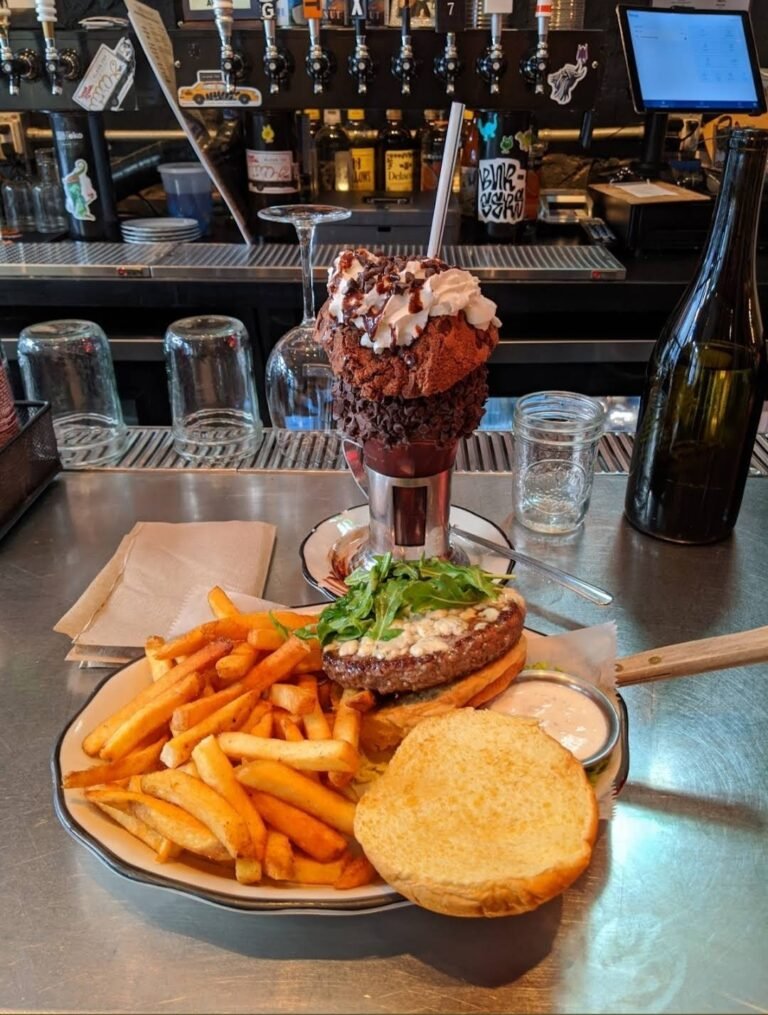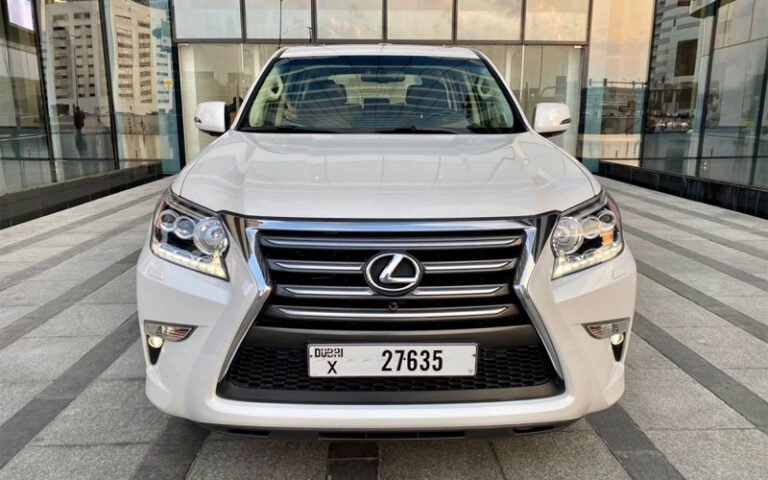Top Trends in Commercial Interior Design for Modern Workspaces
In today’s dynamic and ever-evolving business world, the role of the office space has transcended beyond a simple place for work. It has become an integral component of a company’s culture, values, and employee well-being. As businesses continue to adapt to the demands of modern work environments, commercial interior design has seen significant shifts in trends aimed at fostering productivity, creativity, and collaboration. This article will explore the top trends in commercial interior design for modern workspaces, providing valuable insights for businesses looking to elevate their office aesthetics and functionality.
1. Sustainable and Eco-Friendly Designs
Sustainability has become a buzzword across industries, and commercial interior design is no exception. As businesses recognize the importance of environmental responsibility, sustainable design practices are becoming increasingly popular in office spaces. Companies are looking for ways to reduce their carbon footprint, and this includes the materials they use for their interiors.
Key Aspects of Sustainable Commercial Interior Design:
- Use of recycled and upcycled materials for furniture, fixtures, and fittings.
- Energy-efficient lighting solutions such as LED lighting.
- Incorporation of natural elements like plants and green walls to improve air quality and create a more relaxing environment.
- Water-efficient fixtures and sustainable waste management systems.
The trend towards eco-friendly designs not only helps reduce environmental impact but also promotes a healthier workspace for employees, boosting their well-being and productivity.
2. Biophilic Design: Bringing Nature Indoors
Biophilic design is another significant trend in commercial interior design that is gaining momentum. This design concept focuses on incorporating natural elements into office spaces, creating a connection between the indoor environment and the natural world. Research shows that biophilic design can improve employee mental health, reduce stress levels, and enhance creativity and focus.
Examples of Biophilic Elements in Commercial Interiors:
- Indoor plants and vertical gardens.
- Natural light maximization through large windows and open spaces.
- Water features like fountains or small indoor ponds.
- Use of natural materials like wood, stone, and bamboo in office furniture and decor.
By integrating nature into workspaces, businesses are creating environments that are more relaxing, energizing, and conducive to innovation.
3. Flexible Workspaces and Multi-Functional Areas
The traditional office layout, where every employee had their own designated desk, is being replaced by more flexible workspaces. With the rise of remote work, hybrid work models, and the need for collaboration, commercial interior design is shifting towards creating multi-functional spaces that can adapt to different workstyles.
Characteristics of Flexible Commercial Interior Design:
- Open floor plans that encourage collaboration and communication.
- Movable partitions and modular furniture that allow for easy reconfiguration of spaces.
- Breakout areas where employees can relax, brainstorm, or work in small groups.
- Hot-desking arrangements, where employees can choose where they want to work for the day.
Flexible workspaces cater to diverse employee needs, from quiet zones for deep focus work to open areas for team meetings and social interactions. This adaptability is crucial for modern work environments where change is constant.
4. Technology-Integrated Spaces
As the world becomes increasingly digitized, integrating technology into commercial interior design has become essential. Businesses are investing in smart office solutions that enhance employee efficiency, streamline processes, and create seamless working experiences.
Tech-Forward Elements in Commercial Interior Design:
- Smart lighting and climate control systems that adjust based on occupancy or time of day.
- Wireless charging stations and integrated power outlets in workstations and communal areas.
- Video conferencing equipment and collaboration tools built into meeting rooms.
- Interactive digital displays for presentations and information sharing.
Incorporating technology into office design not only improves functionality but also reflects a company’s forward-thinking mindset and adaptability to the digital age.
5. Wellness-Centered Design
Employee wellness is a top priority for companies, and this focus is shaping commercial interior design trends. Workspaces are being designed with health and well-being in mind, ensuring that employees feel supported physically, mentally, and emotionally while at work.
Wellness-Centric Design Features:
- Ergonomic furniture, such as adjustable desks and chairs, to promote good posture and reduce the risk of injury.
- Designated relaxation areas where employees can unwind, meditate, or take breaks away from their desks.
- Fitness facilities or wellness rooms that encourage physical activity during the workday.
- Spaces with ample natural light, which has been shown to improve mood and reduce fatigue.
A wellness-centered design not only benefits employees but also boosts productivity, reduces absenteeism, and fosters a positive company culture.
6. Minimalist and Clean Aesthetics
The “less is more” philosophy is a prevailing trend in commercial interior design, particularly for businesses that value simplicity and efficiency. Minimalist design is characterized by clean lines, uncluttered spaces, and a focus on functionality.
Minimalist Commercial Interior Design Elements:
- Neutral color palettes, such as whites, grays, and beiges, with occasional pops of color for visual interest.
- Streamlined furniture that prioritizes comfort without sacrificing style.
- Open spaces that promote a sense of calm and order.
- Hidden storage solutions to reduce clutter and maintain a clean aesthetic.
Minimalist design creates a distraction-free environment, allowing employees to focus on their tasks while promoting a sense of clarity and organization.
7. Collaborative Zones and Social Spaces
The modern office is no longer just a place to work—it’s also a space for social interaction and collaboration. As businesses recognize the importance of teamwork and communication, there is a growing trend towards designing collaborative zones and social spaces within the office.
Features of Collaborative Commercial Interior Design:
- Informal meeting areas with comfortable seating arrangements like couches and lounge chairs.
- Co-working spaces with communal tables that encourage spontaneous discussions and idea-sharing.
- Cafeterias or coffee bars where employees can gather, socialize, and collaborate in a relaxed setting.
- Brainstorming areas equipped with whiteboards, writable walls, or digital tools for ideation sessions.
These collaborative zones help foster a sense of community within the office and encourage innovation through teamwork.
8. Bold Colors and Statement Pieces
While minimalism is popular, some businesses are opting for bold design choices that reflect their brand identity and create memorable impressions. Commercial interior design is increasingly incorporating vibrant colors, unique textures, and statement pieces to add personality and character to workspaces.
Incorporating Bold Design in Commercial Interiors:
- Accent walls painted in vibrant hues like navy blue, emerald green, or mustard yellow.
- Eye-catching artwork, sculptures, or decorative lighting fixtures that serve as conversation starters.
- Textured materials like velvet, leather, or metal finishes to add depth and contrast.
- Custom-designed furniture or decor that reflects the company’s brand values or mission.
A bold design approach can energize employees and make the workspace feel more dynamic and inspiring, while also reinforcing the company’s identity.
9. Home-Like Comfort in the Office
The concept of “resimercial” design, which blends residential and commercial elements, is gaining popularity in modern workspaces. This trend focuses on creating office environments that feel more like home, making employees feel comfortable and relaxed throughout the workday.
Resimercial Design Elements in Commercial Spaces:
- Cozy seating areas with sofas, armchairs, and soft cushions.
- Warm lighting that mimics the ambiance of a home environment.
- Decor items like rugs, curtains, and artwork that create a sense of familiarity and comfort.
- Open kitchen areas where employees can gather for meals and casual conversations.
By bringing home-like comfort into the office, businesses can create a welcoming and enjoyable atmosphere that enhances employee satisfaction and retention.
10. Personalized and Branded Spaces
Finally, personalization is becoming a key trend in commercial interior design. Companies are increasingly looking to create unique office spaces that reflect their brand identity and values, offering employees a sense of belonging and pride in their workplace.
Personalized Design Features:
- Custom artwork, signage, or murals that showcase the company’s mission, vision, or history.
- Office furniture and decor in brand colors, creating a cohesive and recognizable look.
- Themed spaces or meeting rooms that reflect the company’s industry or culture.
- Employee-focused design elements, such as personalized workstations or areas dedicated to celebrating team achievements.
Personalized and branded workspaces help strengthen the company’s identity and foster a sense of ownership among employees, leading to greater engagement and loyalty.
Conclusion
In the evolving world of business, the design of the workspace plays a critical role in shaping company culture, enhancing productivity, and promoting employee well-being. The trends in commercial interior design reflect a growing awareness of the importance of creating environments that are not only functional but also inspiring and supportive. By embracing sustainable practices, incorporating biophilic elements, fostering flexibility, and focusing on employee wellness, businesses can create modern workspaces that meet the needs of today’s workforce while preparing for the future.
Investing in commercial interior design is no longer a luxury—it’s a necessity for companies looking to thrive in the competitive business landscape. Whether you’re redesigning an existing office or planning a new space, these top trends can guide you in creating a workspace that is both practical and visually stunning.






